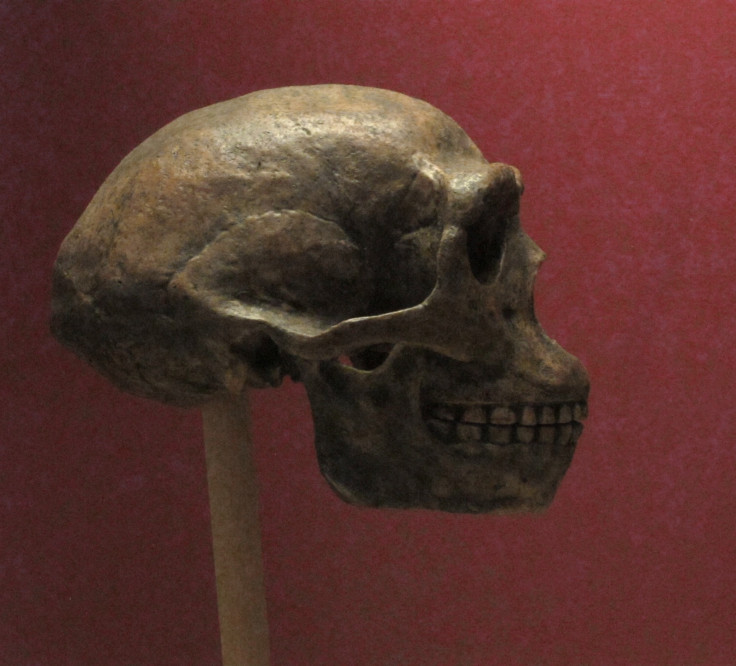Peking Man: The bones that were discovered 90 years ago and went missing during WWII
It is believed the bones could hold the key to the mystery of human language.

The Second World War saw the disappearance of one of humanity's most important discoveries.
Between 1923 and 1927, paleontologists in China discovered several fossils at the excavation site of Zhoukoudian, near Beijing – then known as Peking.
They discovered a number of human fossils, including bones and a skull belonging to the same skeleton.
The remains, dating from 770,000 to 230,000 years ago, were initially wrongly classified as Pithecanthropus, most commonly known as the Java Man and Sinanthropus, a subspecies of homo erectus. Both these subspecies were placed somewhere between ape and human on the evolutionary spectrum.
Paleontologist Davidson Black was the person who finally identified the "Peking Man" as an specimen of homo erectus. He did it by analysing a single tooth from the skull.
The homo erectus' skull is smaller than that of the modern man – homo sapiens sapiens. His chin and forehead were smaller than ours. His body height was also on the small side –ranging from 4ft9 to 6ft1 at most.
At the beginning of the Second World War, the Chinese grew wary of what would happen to the fossils if Japan was to invade China. They arranged with the U.S that the fossils be shipped to Washington. The last time they were seen was sometime in 1941, before the Japanese bombed Pearl Harbor.
The Peking Man never made it to his final destination.
Have you seen my bones?
There are several theories regarding where the bones could be. Some believe they have been buried in the grounds of the US Embassy in Beijing.
Others think the bones are in the US, Japan or Taiwan, or even on the ocean floor.
In 1975, a woman claimed she had a box full of bones her father had brought back from Japan after WWII.
She met with a stockbroker on top of the Empire State Building, and asked he give her money in exchange of the bones. However, she only showed him a photograph of a suitcase full of bones before disappearing shortly after.
Researchers thought they had solved the mystery in 2012. They speculated the famous bones were buried under a parking lot in China, but nothing came of that either.
The disappearance of the Peking Man's bones is a great loss for paleontologists. Their re-discovery could answer questions about early cannibalism and the mystery of human language.






















